
PUMPA - SMART LEARNING
எங்கள் ஆசிரியர்களுடன் 1-ஆன்-1 ஆலோசனை நேரத்தைப் பெறுங்கள். டாப்பர் ஆவதற்கு நாங்கள் பயிற்சி அளிப்போம்
Book Free Demo
Crops need to be protected from weeds, insects, pests and diseases. 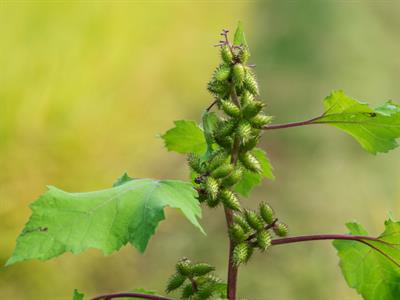
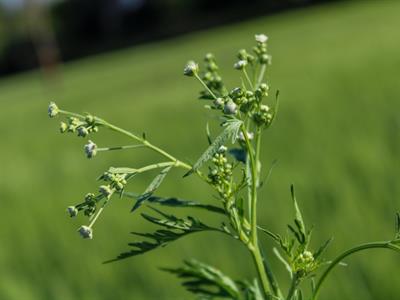
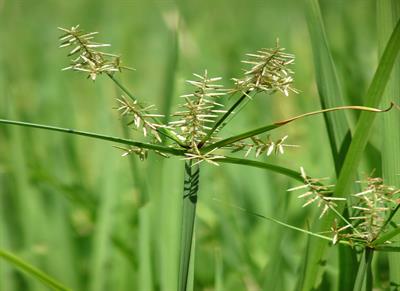
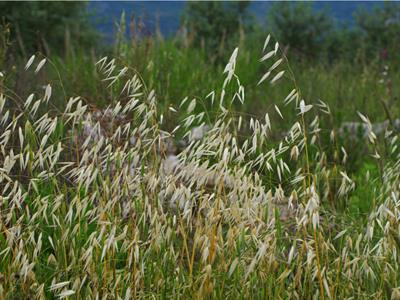 Methods to control weeds:
Methods to control weeds: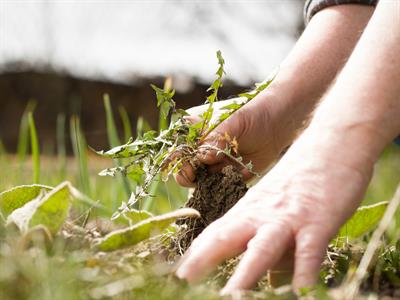
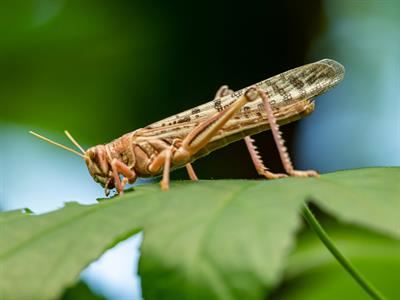
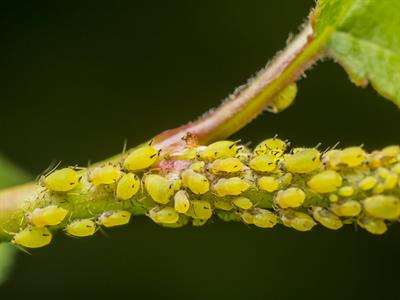
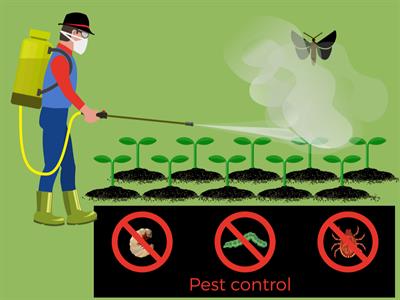
Crop protection management includes the methods that reduceinfestation.
If not controlled at the correct time, they incur heavy damage to the crops, and most of the crops are thus lost. The various threats in crops:
Weeds
- Unwanted plants in a cultivated field.
- Weeds compete for food, light and space.
- Takes up nutrients and decreases crop growth.
- Thus, removal of weeds during early stages of crop growth is essential for a good harvest.
Example:

Xanthium(gokhroo)

Parthenium (gajar ghas)

Cyperinus rotundus (motha)

Wild oat
Other examples include Amaranthus, Chenopodium etc.
- Weedicides sprayed into fields that kill weeds and does not harm any other crops.
- Weeds are uprooted manually by farmers.

Uprooting weeds manually by hand
- Proper seed bed preparation, and timely sowing of crops.
- Intercropping and crop rotation reduces the chances of growing weeds.
Insect pests
Affects health of the crop and reduces crop yields. Insect pests attack the plants in three ways:
- Cuts the root, stem and leaf. Example locusts.

Locusts
- Suck cell sap from various parts of the plant. Example aphids.

Aphids
- Bore into stem and fruits. Example, shoot borer larvae.
Pests can be controlled by:
- Use of resistant varieties.
- Summer ploughing - fields ploughed during summer to destroy pests and weeds.
- Spraying pesticides and insecticides.

Pest control by Spraying pesticides and insecticides
Crop diseases:
Diseases in plants are caused by pathogens - bacteria, fungi and viruses. Pathogens are transmitted through the soil, water and air.
Crop diseases can be controlled by use ofherbicides, insecticides, and fungicides. The chemicals
are sprayed on crop plants in limited amounts. Excessive use of chemicals are harmful, poisonous to many plants and animal species and cause environmental pollution.
are sprayed on crop plants in limited amounts. Excessive use of chemicals are harmful, poisonous to many plants and animal species and cause environmental pollution.
Storage of grains
During grain storage, a high loss in agricultural production occurs. Factors responsible for such losses are:- Biotic factors - include insects, rodents, fungi, mites, and bacteria
- Abiotic factors - inappropriate moisture and temperature conditions in place of storage.
Effects of the biotic and abiotic factors on grains:
- Degradation in quality
- Poor germinative capacity
- Loss in weight
- Discolouration of produce, leads to poor marketability and heavy economic loss.
Preventive and control measures during storage:
- Proper storage of grains is done through proper treatment and systematic management of a warehouse.
- Cleaning of produce before storage.
- Proper drying of produce first in sunlight and in the shade.
- Fumigation (exposed to chemical fumes) to kill pests should be done.
Reference:
https://commons.wikimedia.org/wiki/File:Cyperus_rotundus_by_kadavoor.JPG